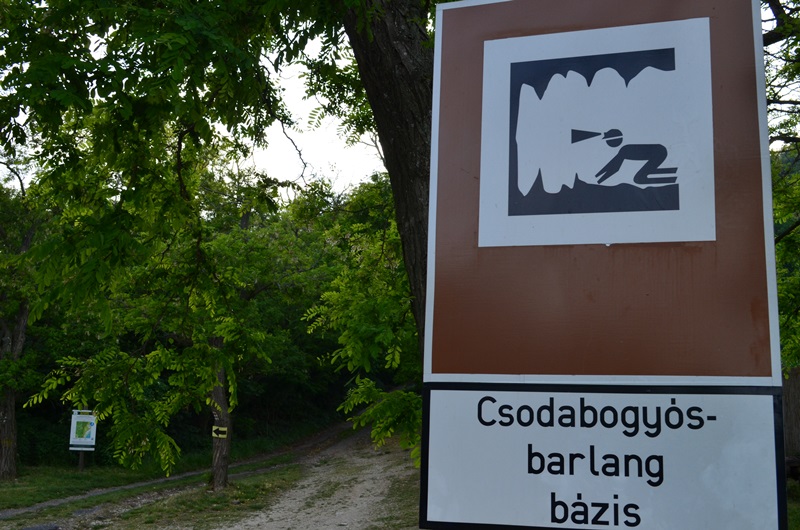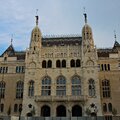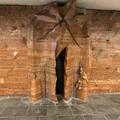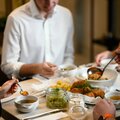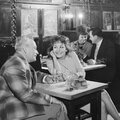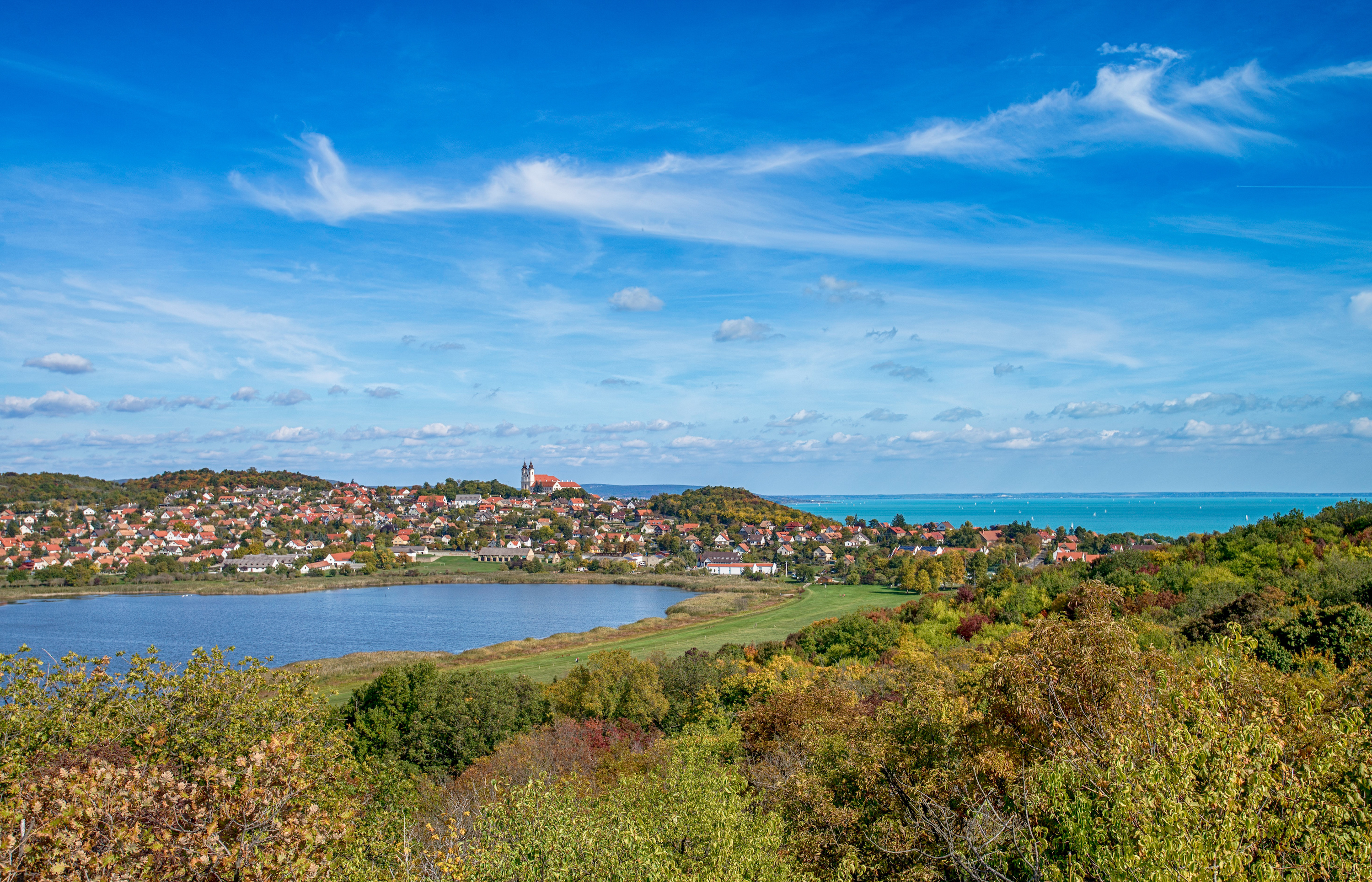
In the sweltering heat of August, I escape to the lakeshore or the vicinity of water. The delightful surroundings of Balaton as well as the legends and secrets related to the lake draw me to the region every year. Here follow my favourite stories of the lake’s many beautiful tales.
The Mysterious Tombs of Balatonudvari
Balatonudvari is just as tiny as well-known. The small village located at the Northern shore of the lake near the Tihany Peninsula holds many great secrets, but most people know it for its heart-shaped headstones.
The cemetery unmatched in Hungary is near to the main road. There are at least fifty crumbling headstones sunk into the earth or standing upright slightly out of the ground. The epitaphs are hard to read or illegible entirely and there have been a number of theories about the reason behind the shape of the headstones. The cemetery was opened at the end of the 18th century and based on the years the deceased passed away, the heart-shaped headstones were made between 1800 and 1850.

One of the theories tells of a stonemason family that possibly lived in Balatonudvari during the first half of the 19th century and specialized in heart-shaped headstones. Similar ones were found in Balatonfüred the closest.
A local legend says that the love of the stonemason got lost in the thunderous waves of Balaton and the man immortalized his eternal love for her in the heart-shaped stones. This story was penned by Hungarian writer Gábor Liptak in his piece Kőszívek (Stone Hearts).
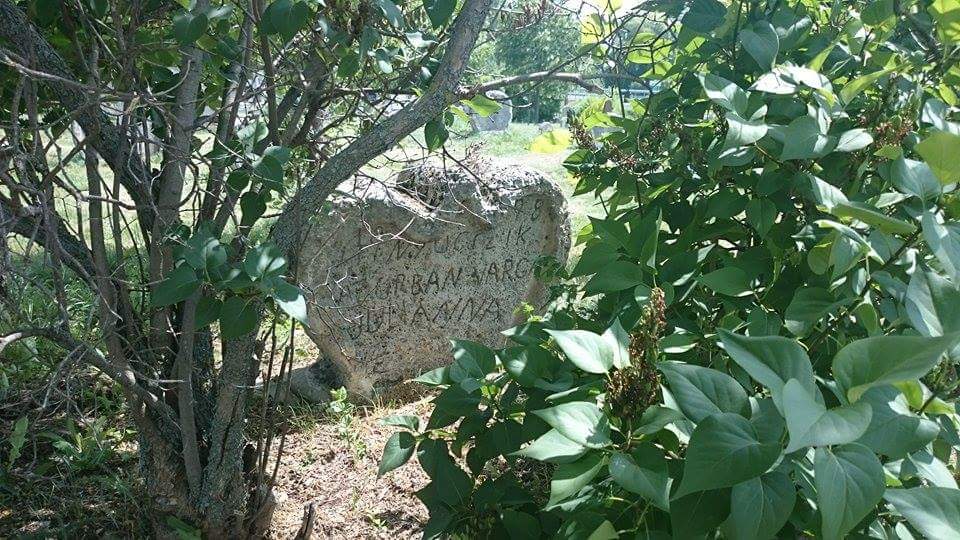
Writer, lawyer and politician Károly Eötvös revealed another legend in his collection of short stories on his journey around Balaton. “There was once a poor man that lived in Balatonudvari. He was a peculiar man, a resourceful mind, a usual jack-of-all-trades of the village. He figured that he would carve headstones in the shape of a heart.
It would have a base to bury at the head of the person laying in the grave, but the part standing out of the ground would resemble a human heart. Onto there goes the epitaph. [...] The peculiar man died a long time ago. He was buried with a heart-shaped headstone, too. Carved by him. However, nobody sculpts heart-shaped headstones anymore.
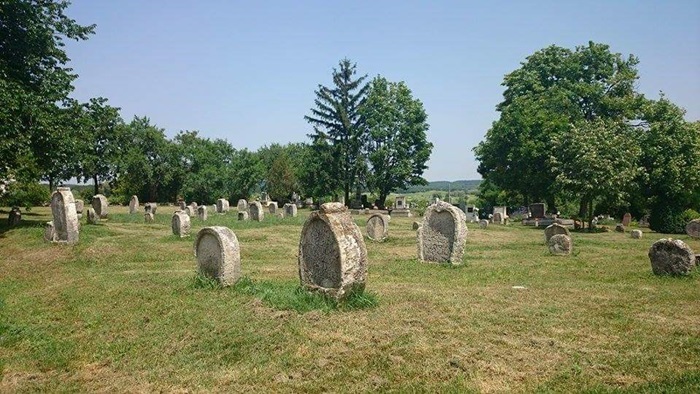
Have You Heard of the Area of Balatonudvari Called Fövenyes and Its Beach?
The beach is at the end of Strand Street, past the level crossing. It has been the iconic free beach of the Northern shore for a long time but transformed due to the introduction of entrance fees in 2014. There is also an 18-hole golf course with ponds, reeds and grapes – opened in 2008 – between the villages of Örvényes and Balatonudvari.
There are other tombs in the vicinity of the beach that are just as interesting as the heart-shaped ones. Two cemeteries from two different time periods were excavated. The upper layer hid a 10-11th-century burial ground, and late Avaric, early 9th-century tombs were found beneath. Gilt silver iron mountings, fragments of bone lath from a composite bow as well as dice and cups turned up from the Avaric tombs. The findings of the 10-11th-century tombs proved to be less extravagant, but they included jewellery and pearls. A full-scale excavation is yet to come.
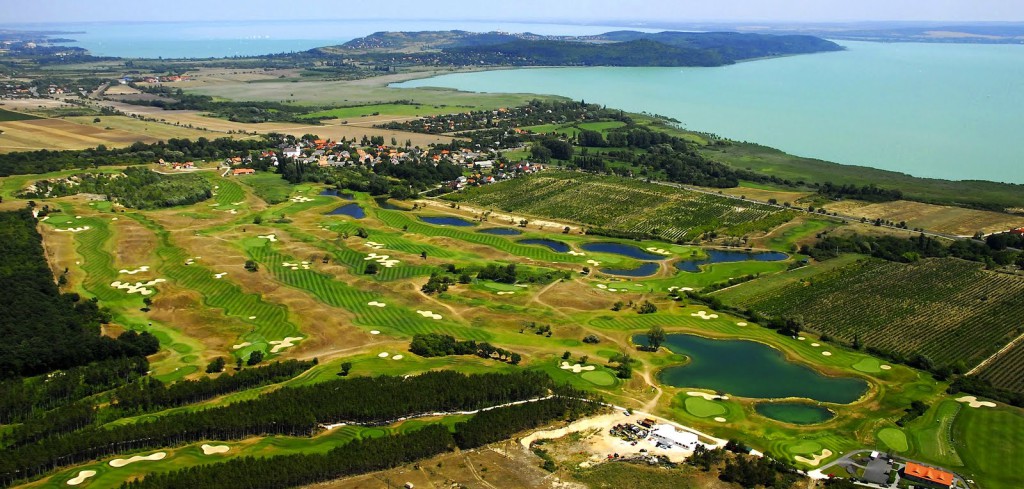
Berries, a Cave, a Castle, Wine and Africa Meet in Balatonederics
The village has two excellent programs on offer right away that are not void of myths. There is the Africa Museum and then the cave with the magic berries. The third site is simply spooky – a real haunted castle.
The founder of the museum, Endre Nagy is from Ederics, but he fled the country due to political reasons in the 1950s and moved to Tanganyika, present-day Tanzania.
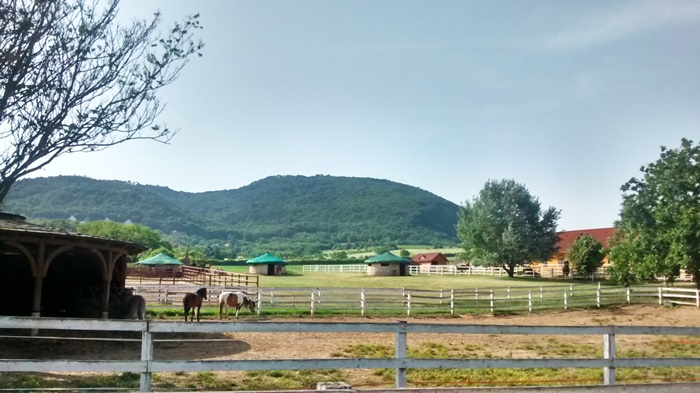
He monitored hunts, founded a safari park and also a zoo. He returned home in 1984 after decades of exile and placed major part of his African collection into his family home in Balatonederics. His legacy was passed onto his widow, Katalin Beretz, who currently runs the museum.
The zoo gives home to animals that can tolerate winter, e.g. African buffalos, common elands, zebras and ostriches. The most exciting artefacts of the museum are the articles for personal use originating from Africa, alongside with statues, carvings and three Maasai huts.
The Csodabogyós-barlang (‘Cave with Magic Berries’) is one of the top10 longest caves in Hungary – it is more than 5 kilometres long. It comes as no surprise that only short sections can be visited by the public. The diverse formations and scenic gorges provide plenty of reasons for visiting. An evergreen bush grows in front of the cave and its plants are called magic berries.
Sight Number Three of Ederics: The Haunted Black Castle
It is a place of the damned: many suicides and tragic deaths took place there within mere decades.
The classicist-style castle was built by the Nedeczky family in the 19th century. Supposedly, the name ‘Black Castle’ derives from the dark colours of the doors, window frames or that of the roof.

István Nedeczky was imprisoned for armed insurgency, sentenced for 20 years in prison and could return home only after the Austro-Hungarian Compromise of 1867. In 1912, the castle cook was killed by her jealous lover. Two years later, the younger brother of István, Jenő Nedeczky, accused of conspiracy against the Habsburgs just like his brother, took his own life because he suffered from an incurable disease.
The former estate of the Nedeczky family was purchased by a lawyer from Budapest called Jenő Vág in the 1920s, who moved in. When Jenő caught his wife with another man, he committed suicide. His widow got engaged to a well driller, but had yet another fling with someone else, so his fiancé killed himself. In the end, the woman got in a relationship with a man wanted for bigamy, who, once having squandered all her money, vanished for good. The woman sold the castle to a retired ministerial counsellor, also a double agent in secret. The man committed suicide for no adequate reason in February 1945.
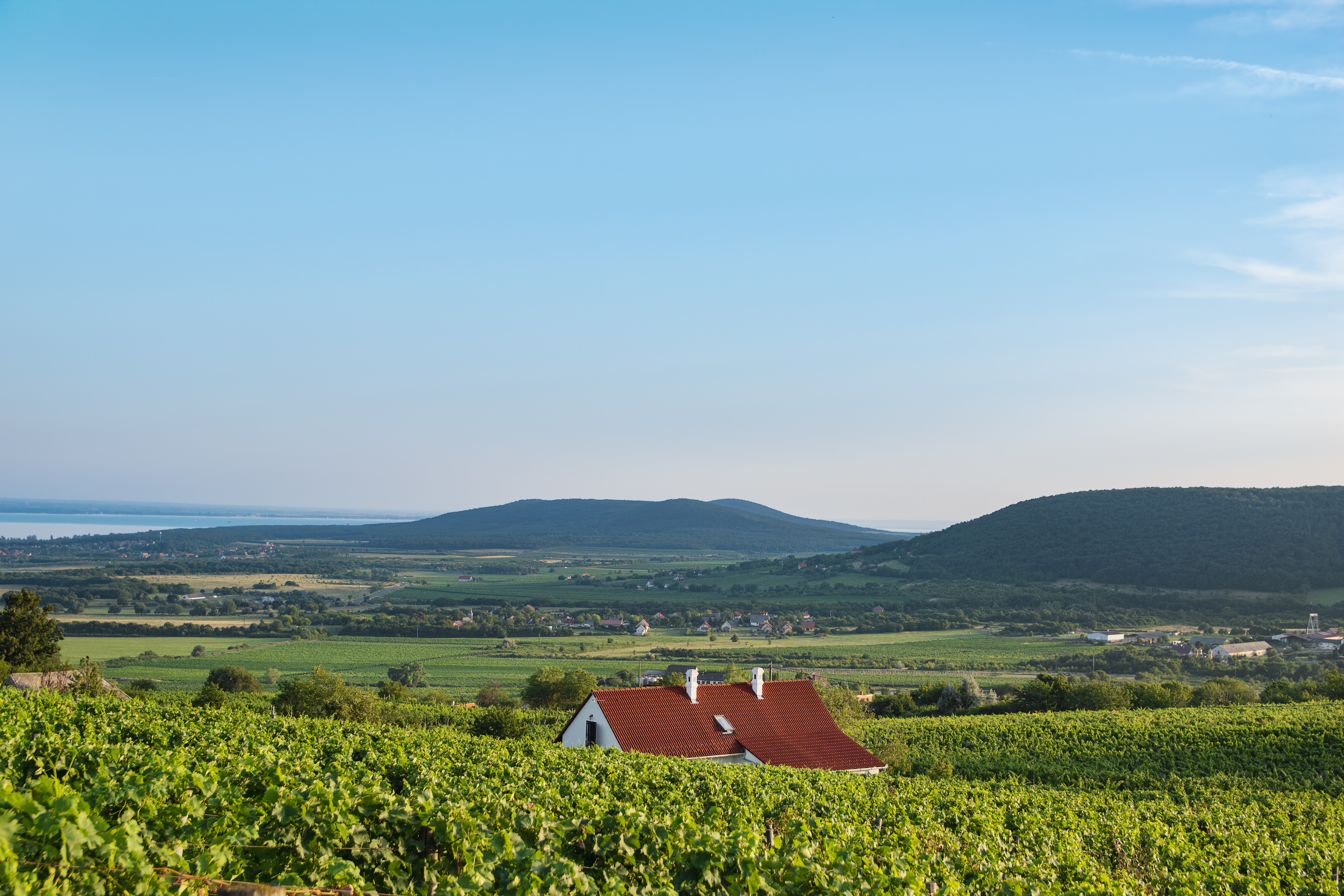
Could Attila, the Ruler of the Huns Visit Kapolcs and Its Surroundings?
A village located at a picturesque wildlife preserve at the Balaton Uplands became the centre of one of the most remarkable festivals of Hungary, the Valley of Arts at the end of the 1980s. The idea of the Valley of Arts came from composer, festival and theatre director István Márta and his friends. Once a year, at the end of July or the beginning of August, music, dance, theatre, crafts and fine arts play the lead in the villages of Kapolcs, Taljándörögd and Vigándpetend. It is a must see!
Few people are aware of that fact that Via Magna, one of the major military roads of the Roman Empire used to be around that area. Roman antiquities found in Kapolcs and the neighbourhood bear evidence of this. The area played an important rule during the Hungarian conquest, too.
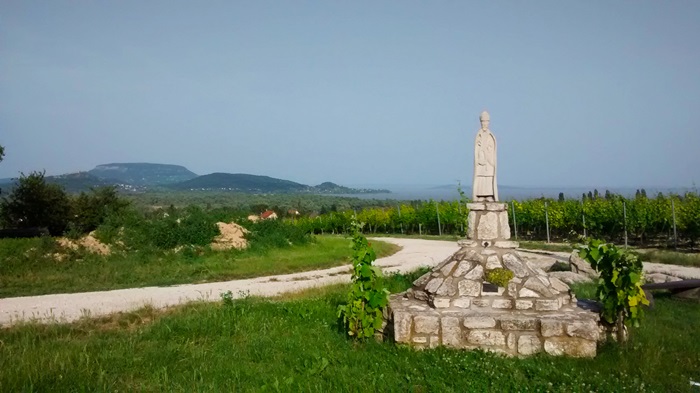
What to Do in Kapolcs Off-festival Season?
The local mill is an industrial monument; its equipment of the period is an evidence of past ages. The beautiful Lutheran Church built in the 18th century is also worth a visit. It is an intriguing Transdanubian site as rarely did it happen that a village became protestant in a predominantly Catholic area and was unwilling to return to the Church of Rome.
The so-called Királykő (Kings’ Rock) rests magically above the village. Legend has it that the ramparts found up there were built by Attila, the Ruler of the Huns and that they are the ruins of his former castle. The person of the builder and the date of building are yet unresolved problems, but two things are certain: basalt cliffs surround the area where it used to stand and there must have been a castle there in the Bronze Age already.
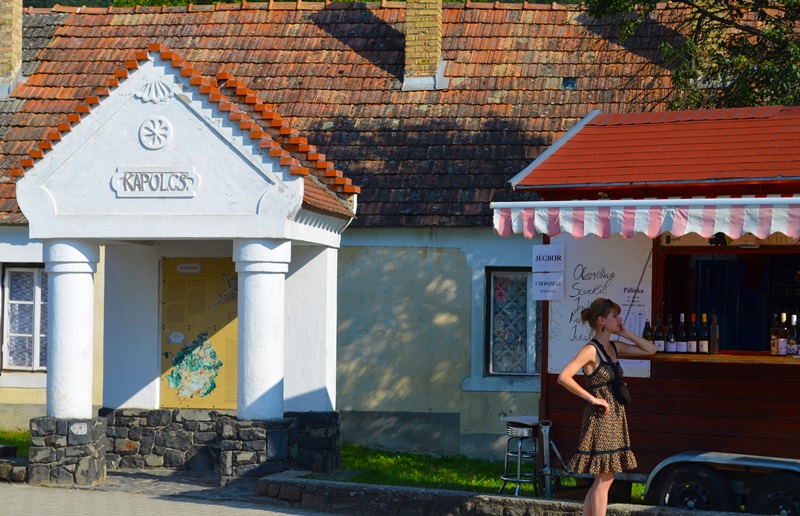
Which legendary place would you pay a visit to at Balaton? Any favourites?


